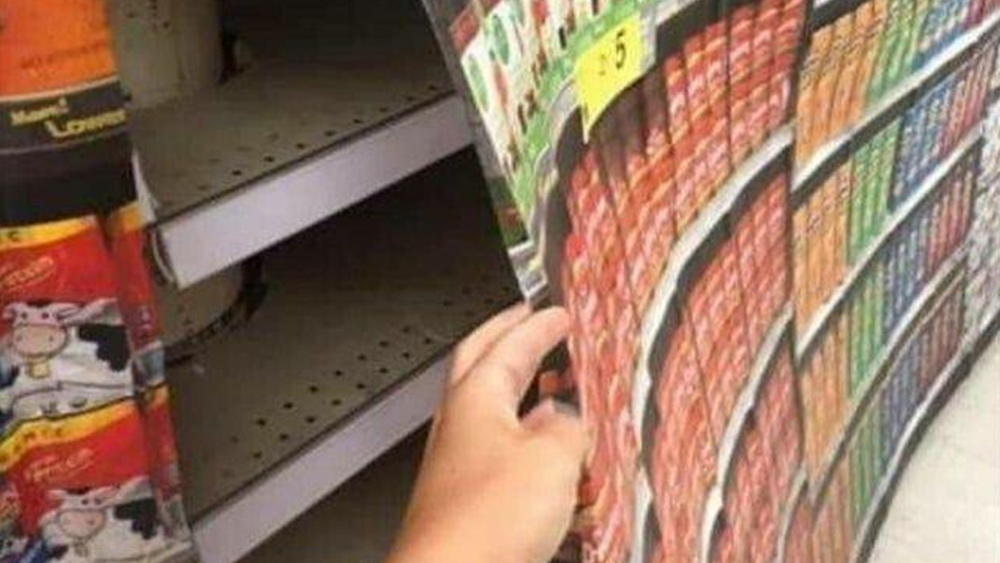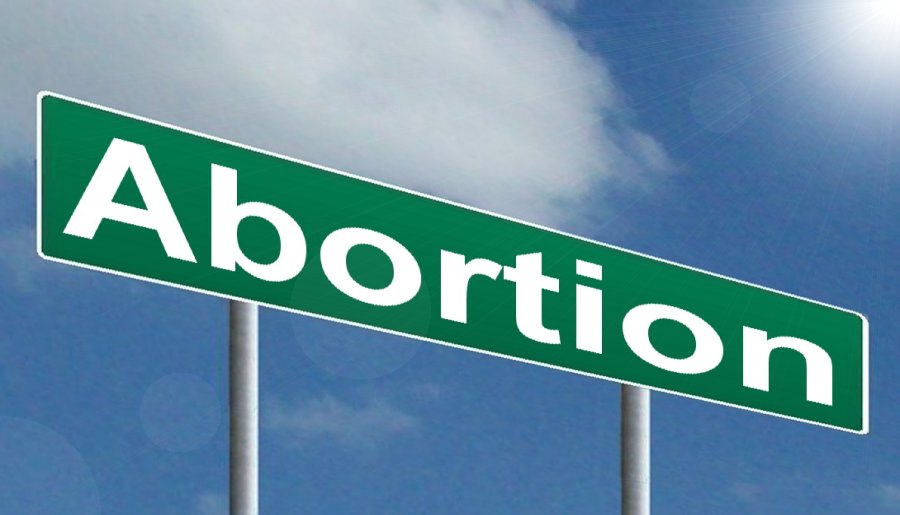Groceries, supermarkets get creative concealing empty shelves, supply gaps
11/17/2021 / By Ramon Tomey

Some groceries and supermarkets are getting creative at concealing empty shelves as the supply chain crisis continues with no end in sight.
One branch of British grocery store Co-op put bottles of brown sauce and salad dressing on refrigerated displays so customers do not find the racks empty.
A Co-op spokesperson said: “We’ve been impacted by some patchy disruption to our deliveries. Our teams are always trying to make sure our stores look as attractive as possible, and sometimes managers come up with creative ways of making sure shelves are full.”
Other supermarkets in the U.K. opted for cardboard photos and product dummies to hide product shortages – Tesco being one of them. A Guardian report said the British supermarket chain displayed cardboard photos of asparagus, carrots, oranges and grapes in the fresh produce section of some locations.
But a Tesco spokesperson clarified that the cardboard cutouts had nothing to do with the recent supply chain issues. The spokesperson explained that larger Tesco stores use pictures of grocery items for a variety of reasons, such as changing store layouts.
On the other hand, grocers like as Waitrose and Sainsbury’s used signs to fill empty shelves. A spokesperson for the latter said the grocer had been using signs to fill shelves devoid of products even before the supply chain issues struck.
Catherine Shuttleworth, the founder and CEO of retail consulting company Get Savvy Marketing Ltd., told the Wall Street Journal (WSJ) that groceries using cardboard cutouts is not a new strategy. But she noted that more shoppers have noticed it being used more frequently. (Related: Grocery stores now using PHOTOS of food to fill empty shelves like something ripped straight out of North Korea.)
US grocers not exempt from product shortages
Grocery stores across the pond, both big and small, have also borne the brunt of supply shortages. However, larger supermarkets with a bigger network of suppliers have seen more success in dealing with the supply chain issues without disrupting the shopper experience.
Retail giant Walmart told WSJ that it has diverted ships to less congested ports. It also hired 20,000 supply chain workers and automated some of its warehouse operations. Meanwhile, Kroger said it increased its safety stock of items in more than 70 categories.
In addition, the largest U.S. grocery retail chain spread out the ports it uses for importing items and sourced additional warehouse space to house extra products.
On the other hand, smaller retailers have struggled to keep their shelves full. I’Talia McCarthy, general manager of Chicago’s Dill Pickle Food Co-op, said she deals with incomplete or non-arriving deliveries on a daily basis. “I’ve had over a decade of retail experience and this is like nothing I’ve experienced or seen before. We have made a huge effort in making sure we’re not having these huge gaps,” she said.
To address the gaps, Dill Pickle filled out its cold storage section with different products, such as tofu, oat milk and soy milk. It has also altered shelving layouts to conceal any lack of product. “If we see holes, we’ll all of a sudden make our bestsellers have three or four slots rather than just one or two,” McCarthy said.
Matt Santarpio, who owns Walnut Food Market, has also resorted to spreading out products throughout different shelves. The owner of the Newton, Massachusetts grocery said some items that he earlier allocated one shelf spot are now occupying two or three.
He has also left some shelves intentionally empty as a tactic designed to give customers a reason to come back. He pointed to imported candies and chocolates in his grocery as an example. While the two products have been the hardest to come by, Santarpio kept their display boxes.
“For certain things, I’m afraid people will come in, see if it’s not here and wind up not coming back for it. Keeping the box out shows I’m making an effort to get them in and not giving up on them,” Santarpio said. (Related: Americans are going to be absolutely shocked by the empty shelves they see.)
Grocery.news has more articles about how supermarkets are concealing the supply shortages.
Sources include:
Tagged Under: cardboard displays, Collapse, deception, empty shelves, Food storage, food supply, grocery, panic, product arrangement, product photos, products, supermarket chains, supply chain, supply issues
RECENT NEWS & ARTICLES
COPYRIGHT © 2018 DECEPTION.NEWS
All content posted on this site is protected under Free Speech. Deception.news is not responsible for content written by contributing authors. The information on this site is provided for educational and entertainment purposes only. It is not intended as a substitute for professional advice of any kind. Deception.news assumes no responsibility for the use or misuse of this material. All trademarks, registered trademarks and service marks mentioned on this site are the property of their respective owners.





















